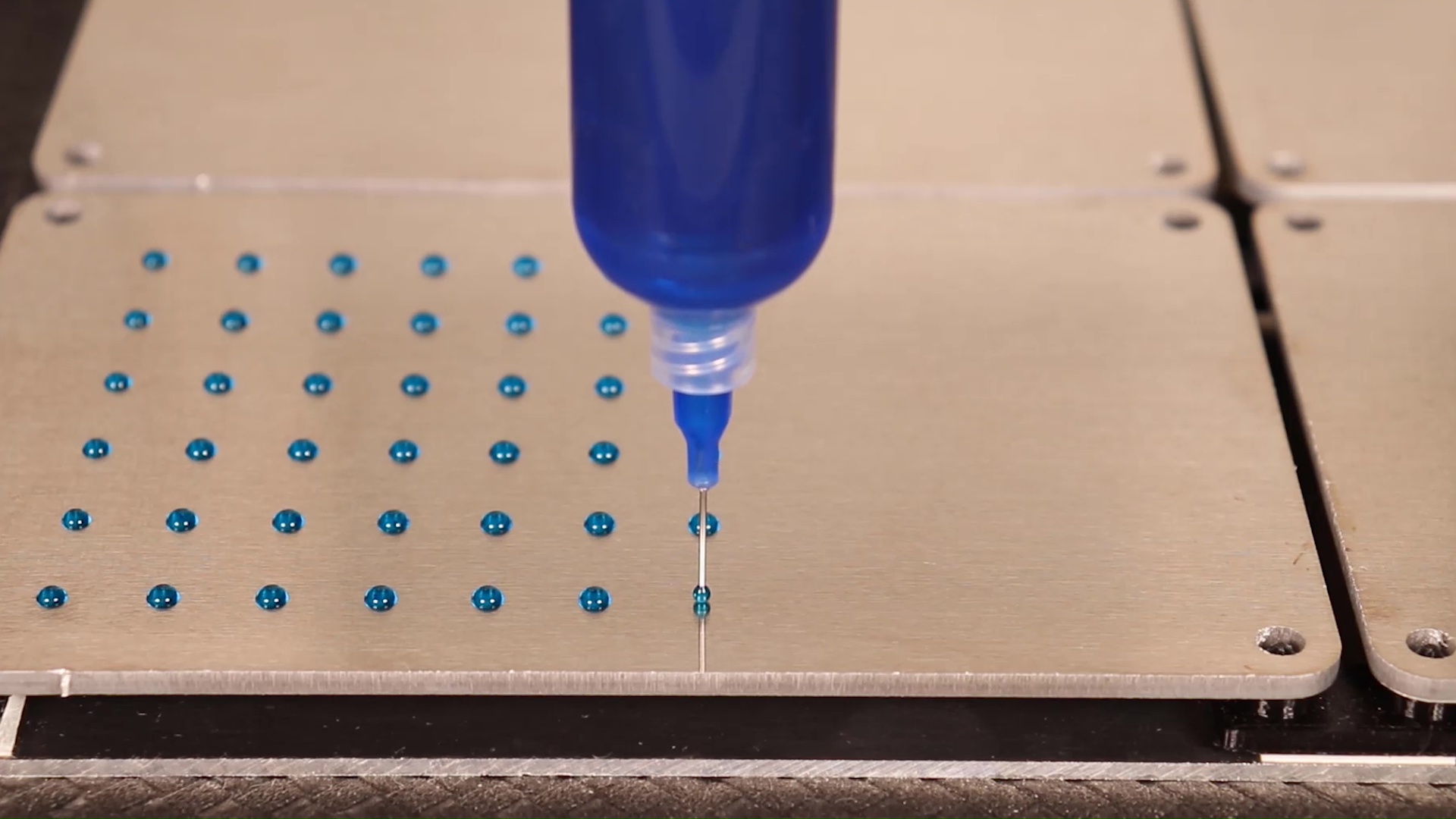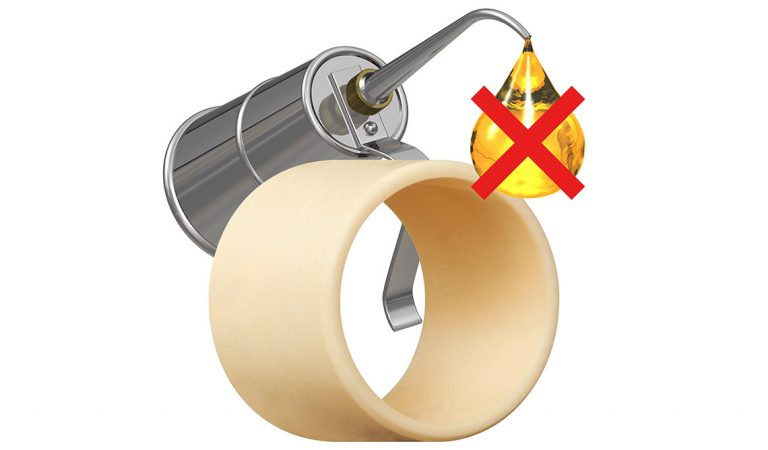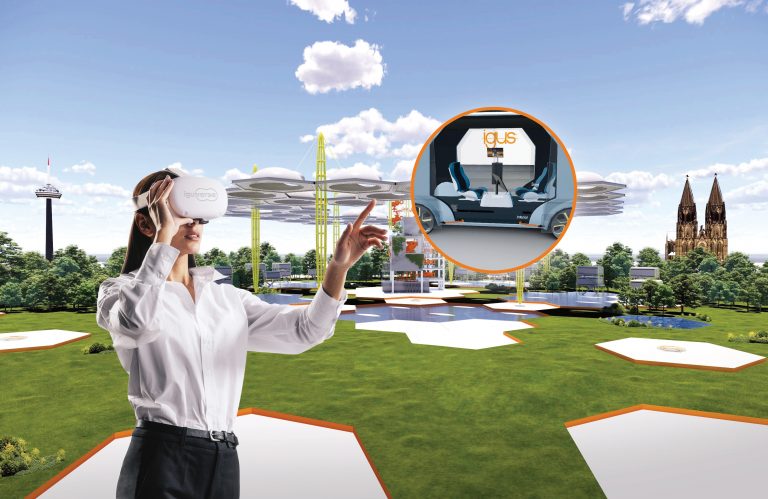Are Trade Shows Worth It in the “New Normal”?
For many, many years, almost since I started my career in manufacturing twenty-three years ago, I have wanted to post a blog regarding a topic that has consistently been on my mind—the value of exhibiting at trade shows, particularly in manufacturing—does it pay off? Is it worth exhibiting as we all digitally forge ahead, with VR and AR on the verge of becoming commonplace?
The Trade Show Cancellations of COVID
During the dark months of COVID-19 in 2020, when all trade shows were canceled, I wondered what the future held for them. It appeared that they were becoming less relevant year after year as a Google search seemed like a perfectly fine avenue for engineers who were looking for technical solutions to their designs. For example, remember the big “National Design” show in Chicago? It used to be a major show for igus®, and for many companies like ours within the industry. After a limited amount of research, it appears that this ‘national’ show no longer exists and instead has been broken up into smaller, more regional shows. And if that show had seemingly faded from the landscape almost 20 years ago, what would happen now with everyone having access to great video conference platforms online? Zoom, Microsoft Teams, and even FaceTime have made it so easy for companies to showcase products digitally to potential customers—why bother spending tens of thousands of dollars on flights, hotels, trucks and equipment to show customers products when these platforms enable a similar experience with a fraction of the cost? A few companies, like igus®, invested in permanent showrooms in nearly every country where they had a virtual presence. During Covid we held many, many of these virtual shows with customers. They were pretty good all-in-all, and we had some really rave reviews from customers on the overall presentation. Not all companies, even back 20 or 30 years ago, have the budgets to attend a trade show, let alone exhibit at one. So these virtual shows do, in a sense, democratize the ability for them to get access to new technologies and information.
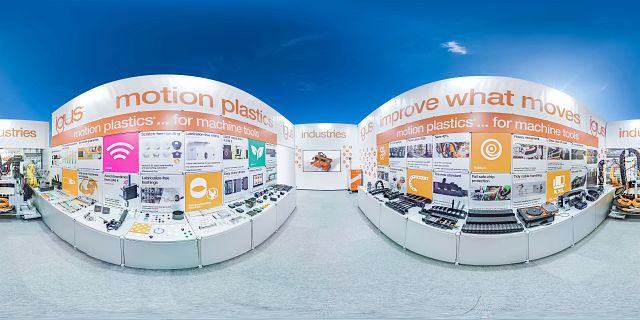
Moving Forward Into the "New Normal"
As we flew from Providence to Chicago this past September towards our booth at IMTS (International Manufacturing Technology Show), North America’s largest manufacturing trade show, we wondered what would be waiting for us. Did we send too many people at extra expense, or not enough people and possibly miss leads in a booth overrun full of prospects? For the record: we did send the correct amount of people, and IMTS rebounded quite well, even if well short of their past record turnout. The halls were still packed full of people, the leads still kept coming in—and despite the fewer attendees we had more leads, and more importantly higher quality leads. I do not think trade shows will ever go away, but I do think that they may continue to shrink in size as managers and business owners evaluate the costs of sending people to walk them. 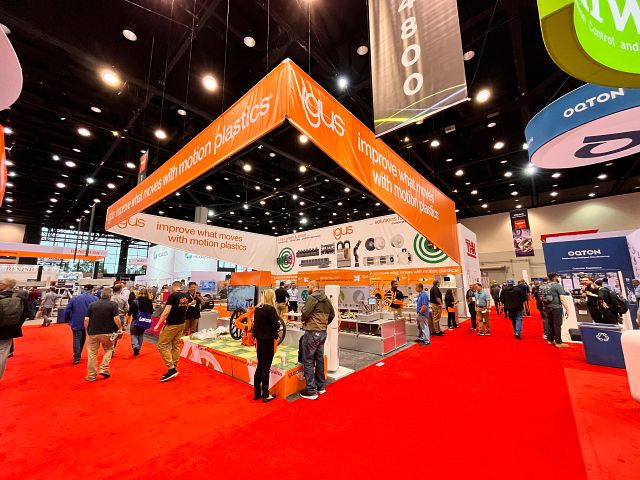 They may decide to send fewer people, but the people they do send will be those that can make more decisions and have the most critical need to attend the shows. In other words, instead of sending a whole team of engineers and purchasers, they may choose to send only one or two critical people to the show who can identify the most beneficial technologies for their organizations and task them to bring that information back to the rest of their teams.
They may decide to send fewer people, but the people they do send will be those that can make more decisions and have the most critical need to attend the shows. In other words, instead of sending a whole team of engineers and purchasers, they may choose to send only one or two critical people to the show who can identify the most beneficial technologies for their organizations and task them to bring that information back to the rest of their teams.
Lead Generation: Quality vs. Quantity
A trade show is quite a different experience for a customer than a salesperson conducting a cold-call visit to a prospect. A trade show, for many customers and salespeople, offers less pressure than a typical one-on-one sales cold call—it basically acts as a shopping mall. Potential customers can go into the booths that they feel may offer them solutions, and once in the booth a good salesperson will know that something caught their eye, and there is at least a baseline interest in the products. This makes it easier for both parties to start a conversation. OK, this is not exactly an earth-shattering observation, but I still have a few points to make about it. You want quality leads, which means you need to make sure that you have the right pieces in place to suss those leads out, but you also want more leads to more or less justify the expenses.
Sometimes I walk a show and I am baffled by the difference in traffic from one booth to another. I have seen beautiful, expansive booths completely void of customers while sharp-dressed salespeople stand around talking to one another. What I have noticed in these booths is the lack of a clear message, and even worse, the clear lack of motivation by the salespeople to speak with customers. On the other hand, I have seen similar expansive booths packed with visitors that are capturing tons of bad leads due to only attracting people via some giveaway or gimmick. This in turn leaves a lot of unnecessary work for your sales team when they later have to contact all of these leads to decipher which ones were actually interested. The key is to find a balance between quality and quantity to create a large, yet qualified, funnel into your booth.
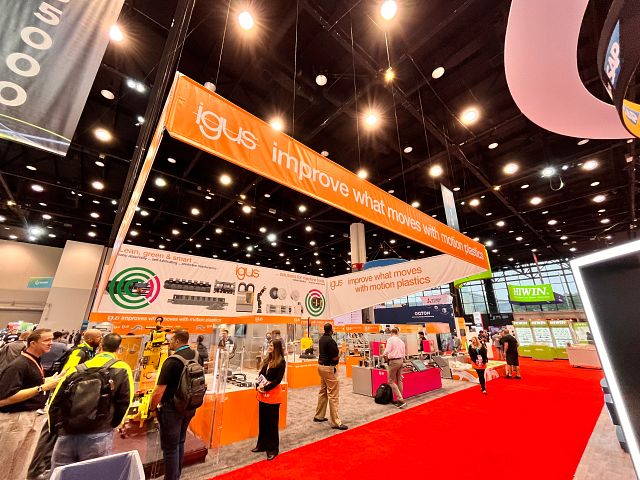
Summary
A good booth will draw customers in with a clear message of what your company does. A good booth will be staffed with your best salespeople—remember that sending them there will take them off the road, away from their own sales territories, but will put them in touch with customers from all over the country, and possibly even the world, so you will want those people on the front line. A good booth will attract people inside with something that is visually interesting (and again, with clear messaging) for their potential customers. A good booth will invite qualified customers instead of being a snack-and-grab for everyone walking the show.
So, I fully believe that trade shows are still part of the future of manufacturing; however, I also feel as though exhibitors should be prepared to invest wisely in them so that once the decision has been made, execution can be efficient while providing the most effective results.
With all that being said, I’ll see you at the next show…

